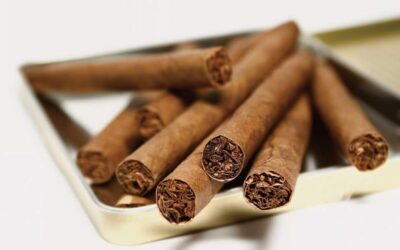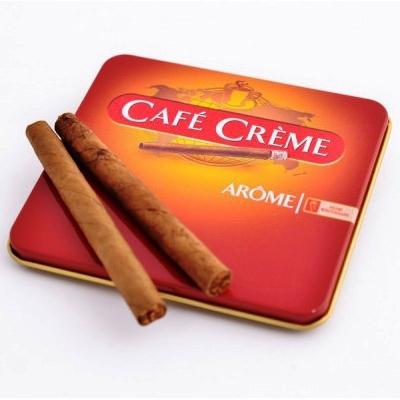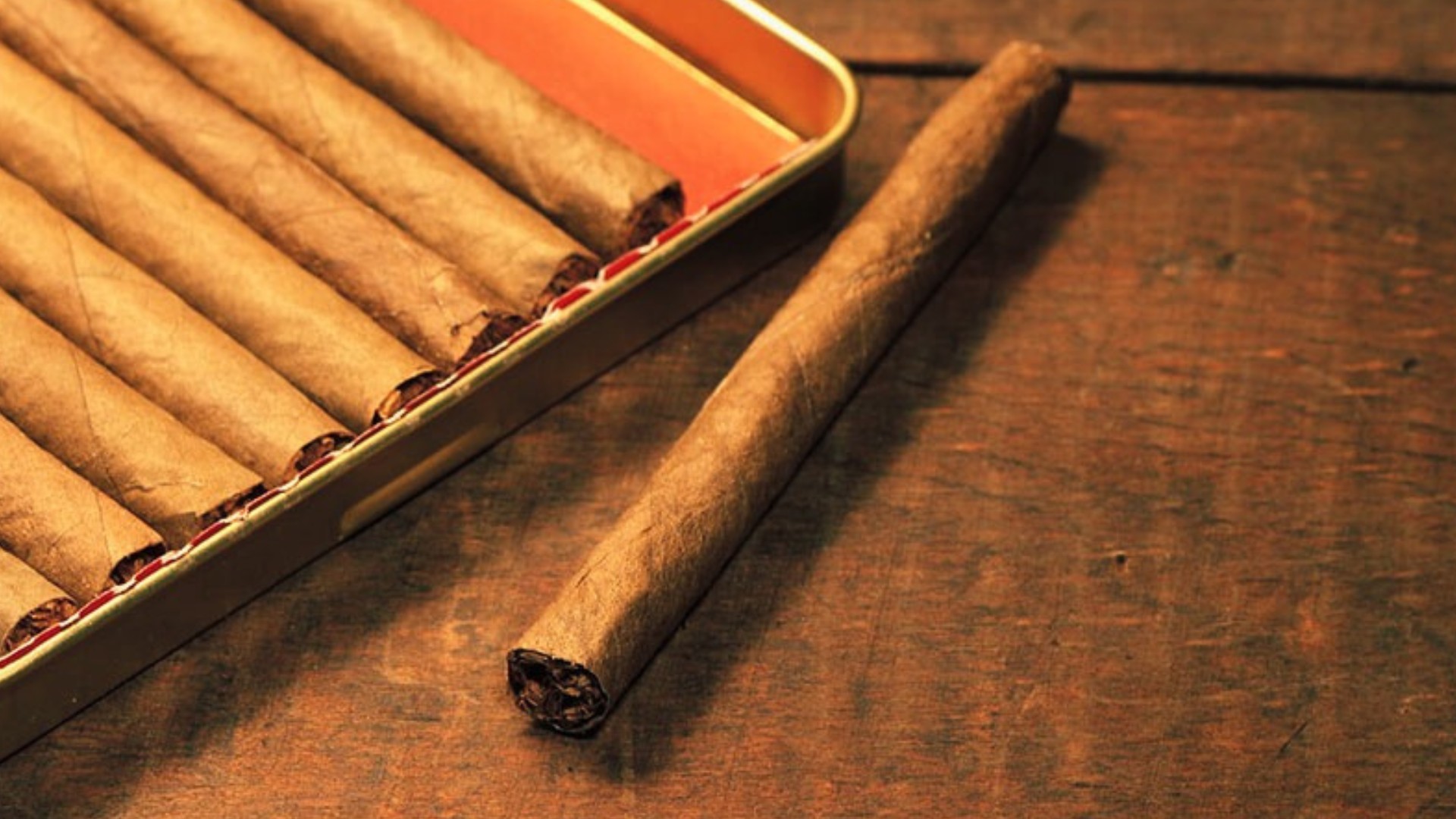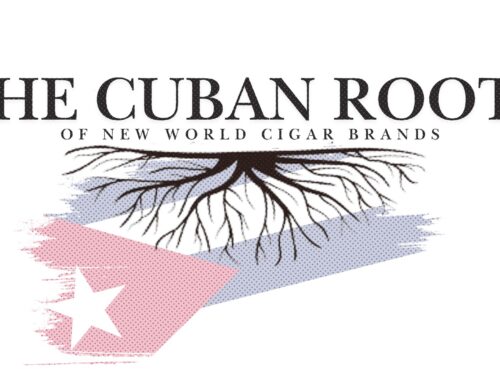We can often thank European innovation for creating many smaller, more convenient versions of things for the modern person on the go:
coffee comes in a neat little espresso. Cars come in compact-sized models like a Mini, Renault or Fiat.
Even the concept of breakfast – which comes in the form of the popular petit déjeuner – is way smaller-sized than the breakfast you’d find at your local Denny’s.

So why not cigars then? Well, as it turns out, we can also thank European innovation for introducing the world to the cigarillo, which is a slim and highly aromatic miniature cigar.

Not to be confused with a cigarette, cigarillos are a popular smoking option for someone who wishes to enjoy a short cigar smoking experience without having to light up a full-size cigar of Petit Corona size or larger.

[For a list of cigar sizes and smoking times, click HERE]
What is a Cigarillo?
Sometimes referred to as a “café cigar”, cigarillos are small cigars that originated in Spain and became popularized throughout the 1800s.
Prior to the 1950s, most cigarillos were required to be hand-made. Today, cigarillos are generally considered too small to be made by handcraft like a premium cigar, and are therefore typically made by machine process.
Though less common, hand made cigarillos can certainly be found. Certain manufacturers who make premium full-size cigars also offer a hand-made cigarillo.
As an example, the Natural or Maduro Cigarillos by Tabacalera Incorporada are still proudly touted as being “totalmente hecho a mano” (made entirely by hand).
Cigarillos are typically made from a blend of short-filler tobacco, and are wrapped in either natural tobacco leaf or homogenized tobacco leaf (HTL). Tobaccos incorporated into cigarillos often tend to originate in Indonesia and Brazil, but are also known to come from other locations such as France, Ecuador, the Dominican Republic and beyond.
The cigarillo category varies wildly. Some cigarillos are infused with subtle flavors such as vanilla or mocha. Some have filters, and others do not.

The Café Crème by Henri Wintermann
Though some may come with various names attached such as mini, small, petit, purito, capricho, short panatela or demi-tasse, they all more or less fall into the category of cigarillo.
In terms of actual size, cigarillos vary in length, ranging between 3 to 4 inches, and feature a diminutive ring gauge that fluctuates somewhere in the ballpark of between 20 to 30.
Though some tobacconists will sell them as singles, cigarillos are traditionally are sold in a distinctive small tin or box that contain anywhere between 5 and 50 cigarillos.
Like a cigar, cigarillos are not meant to be inhaled like a cigarette. Though they are now enjoyed in markets around the world, they are still most prominent in Europe where they originated.
In markets like Belgium and the Netherlands where cigarillos are immensely popular, the sales figures for cigarillos are said to comprise up to almost half of the entire national cigar market.
Though not exclusively, popular brands of cigarillos are frequently of Dutch, Belgian, Swiss, German or Italian origin. They include J. Cortes, Villager, Toscano, Royal Agio, Swisher, Dannemann, Davidoff, and Henri Wintermann.
The Appeal of a Small Cigar
The appeal behind a cigarillo unquestionably lies in its convenience and affordability when compared to a full-size cigar. Whereas a full-size premium cigar can occupy anywhere between a leisurely half hour to two full hours to smoke, a cigarillo can typically be enjoyed in a mere 10 minutes or less.
Cigarillos are typically milder in both strength and body when compared to the average full-size cigar. They are also a more discrete smoke, and tend to draw much less attention than lighting up a full-size cigar when in social settings.
Due to their compact size, cigarillos are also easier to carry in a pocket, purse or a briefcase for ease of everyday use. Unlike a full-size cigar, they come with a pre-cut cap, so there’s no need to keep a cigar cutter on hand either.

What’s more, machine-made cigarillos are considered “dry” cigars and generally do not need to be stored in a humidor like hand-made “wet” cigars do.
Typically room temperature will do fine.
Pretty handy, eh?
Summary
Just like smoking a cigarillo, this article is intended to be a short experience – so we’ll stop ourselves right here. After all, you likely have things to do, places to be, and people to see, right?
The next time you feel like a cigar, but lack the time to enjoy a full-size one, take a short break and reach for the convenience of a cigarillo.





